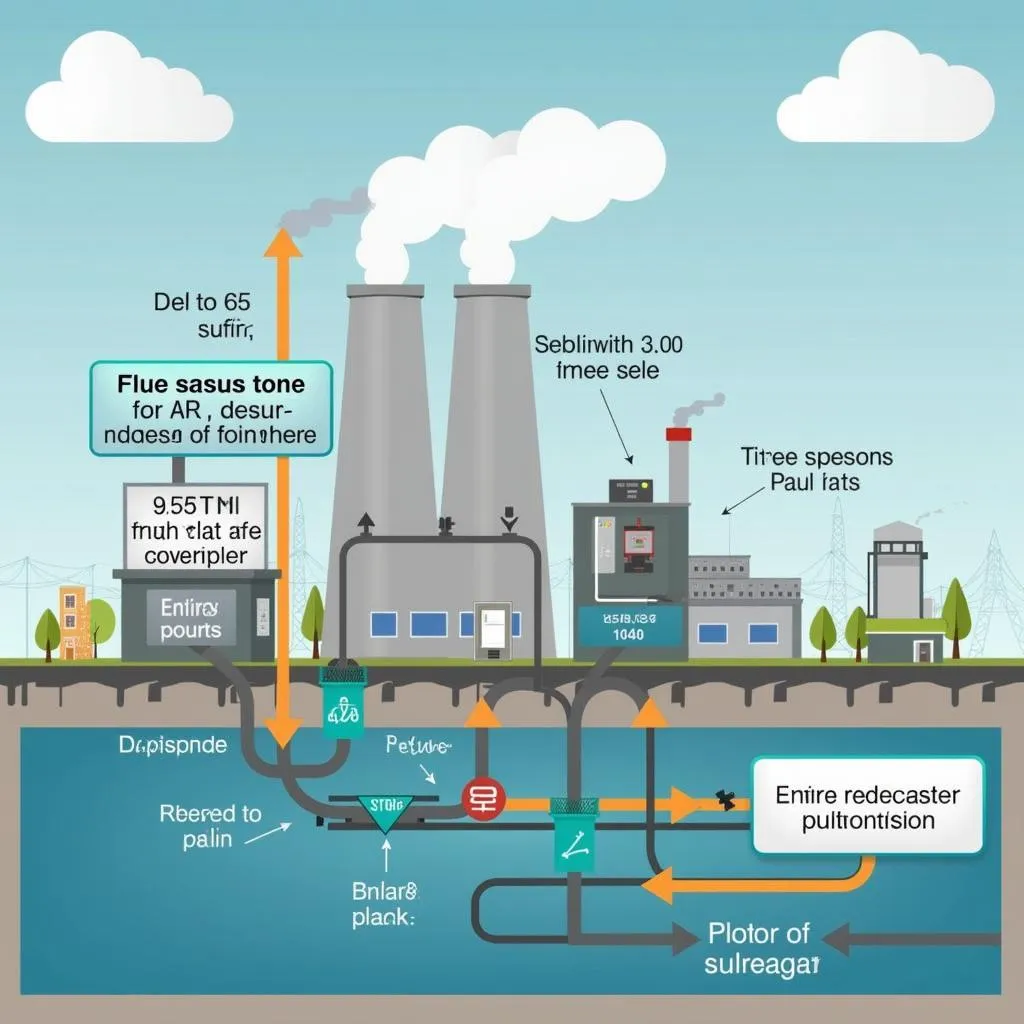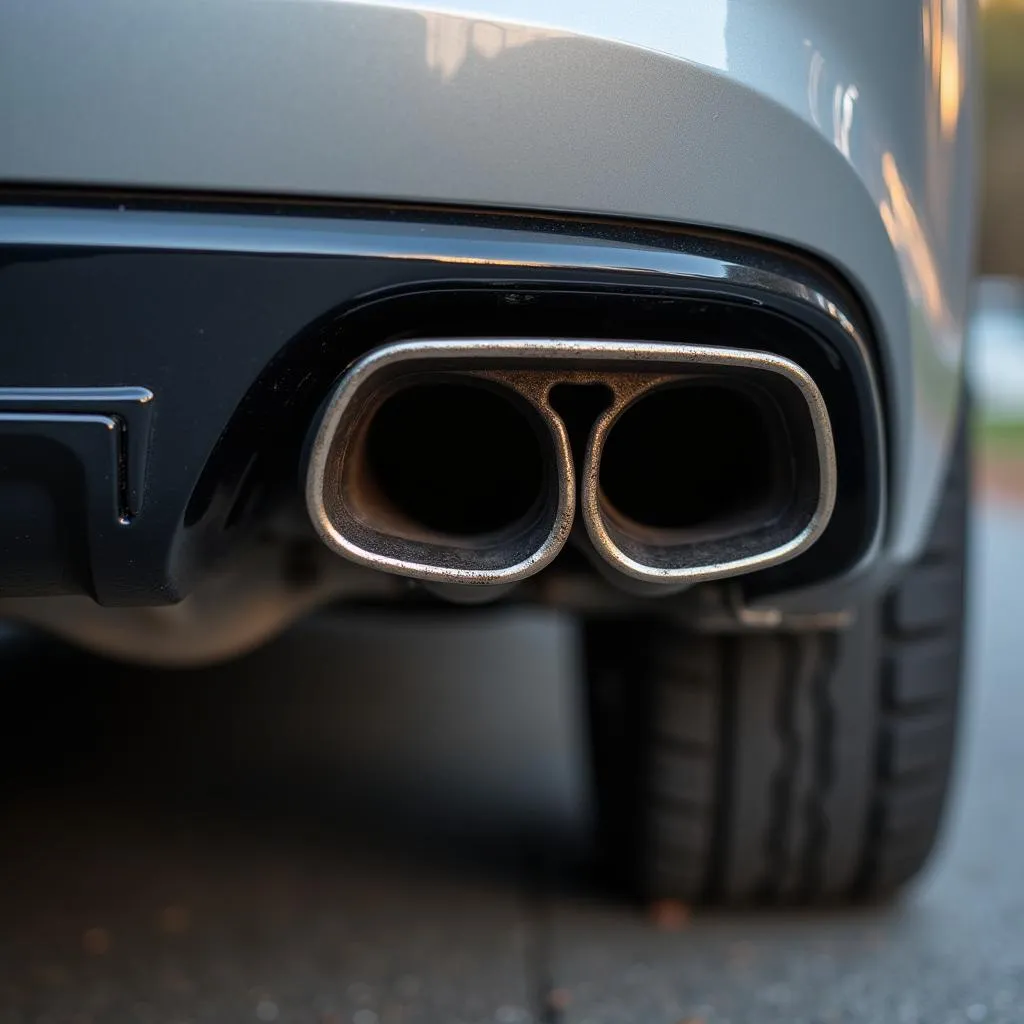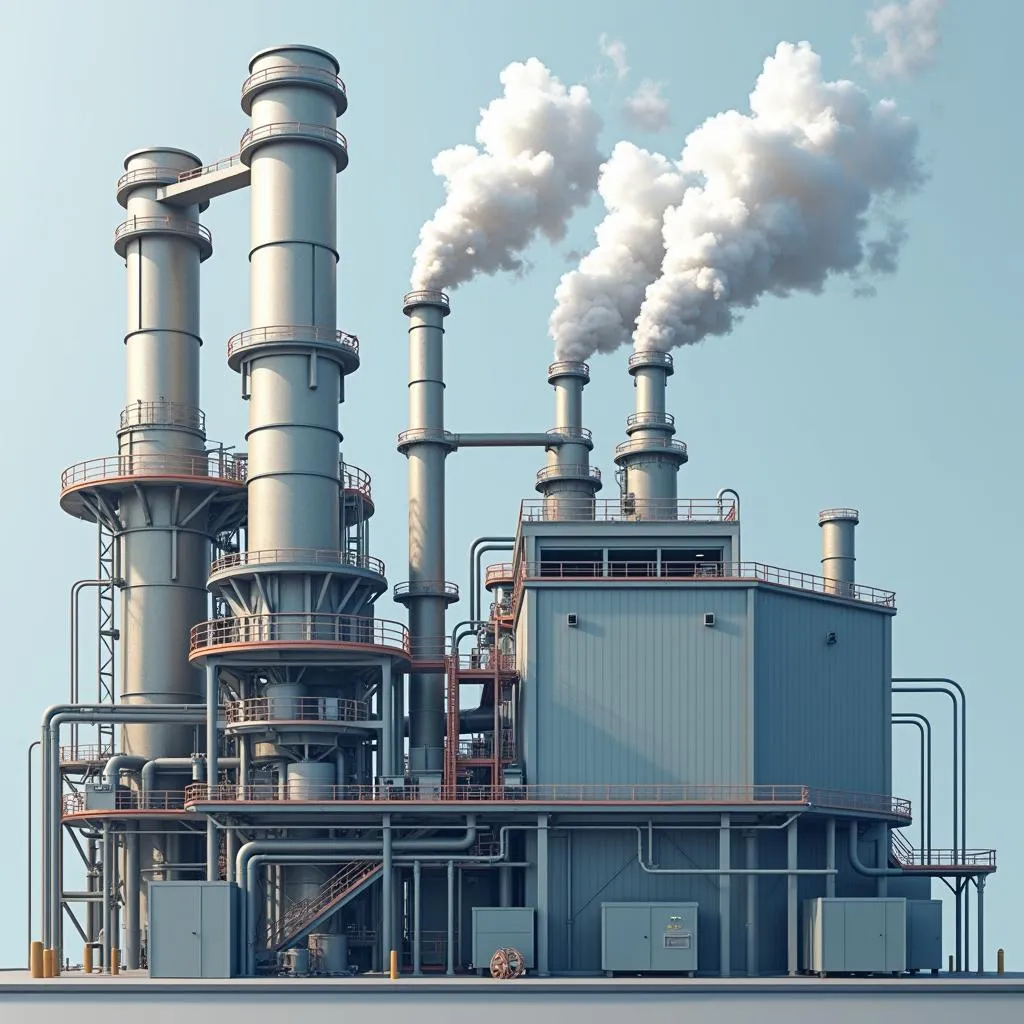Let’s dive into a sample test prompt related to “Air Pollution Control Technologies” and explore different responses for varying PTE band scores.
Sample Summarize Written Text Prompt on Air Pollution Control Technologies
Air pollution is a serious global issue that contributes to the health risks among populations and damage to the environment. In response to the growing concern, several air pollution control technologies have been developed. Flue-gas desulfurization, used in power plants, helps reduce sulfur emissions, while electrostatic precipitators control particle pollution. Additionally, catalytic converters are often used in vehicle exhaust systems to significantly decrease pollutants emitted by cars. These technologies need to be continuously updated as pollution evolves, and renewable energy sources are being increasingly integrated into air quality control plans worldwide. Despite this progress, ensuring widespread implementation remains a challenge in many developing countries due to limited resources and political factors.
Task: Write a summary of the passage in one sentence.
Responses for Different Band Scores
Band 90 (High Score Response)
The passage discusses the growing issue of air pollution, highlighting various control technologies such as flue-gas desulfurization, electrostatic precipitators, and catalytic converters, while acknowledging challenges related to their implementation, particularly in developing countries.
- Content: This response perfectly covers all the key points mentioned in the passage, including the technologies, the ongoing need for updates, and challenges.
- Form: One sentence, follows correct sentence structure, concise.
- Grammar: Excellent use of complex sentences, with perfect subject-verb agreement.
- Vocabulary: Appropriate use of terms such as “flue-gas desulfurization,” “catalytic converters,” and “developing countries.”
- Spelling: No errors.
 Flue gas technologies reducing sulfur emissions
Flue gas technologies reducing sulfur emissions
Band 80 (Very Good Response)
The text explains air pollution control technologies like flue-gas desulfurization, electrostatic precipitators, and renewable energy integration, while also discussing the problems these face in terms of implementation.
- Content: This response covers most of the significant elements but doesn’t mention “catalytic converters” or the specific challenges in developing countries.
- Form: One sentence, grammatically sound and organized.
- Grammar: Solid grammar, correct use of subordinate clauses.
- Vocabulary: Some variety in word choice, but a bit repetitive.
- Spelling: No errors.
Band 70 (Good Response)
Air pollution is being controlled by technologies like desulfurization and catalytic converters, although their implementation faces many challenges.
- Content: Summarizes only the major technologies and the challenges but lacks full detail about electrostatic precipitators and renewable energy.
- Form: Sentence is correct in form but simple.
- Grammar: Basic sentence structure with minimal variety, no errors.
- Vocabulary: Some important vocabulary is missing, making the summary less precise.
- Spelling: No errors.
 Catalytic converters used in exhaust systems
Catalytic converters used in exhaust systems
Band 60 (Fair Response)
Air pollution control technologies are improving, but there are difficulties in getting them used globally.
- Content: Very general summary, omitting specifics of the technologies and lacking important details regarding what those difficulties are.
- Form: Grammatically correct but oversimplified.
- Grammar: Simple sentence structure used.
- Vocabulary: Lacks technical vocabulary, makes the response less informative.
- Spelling: No errors.
Vocabulary and Grammar Analysis
Here are some complex words in context that can help improve your PTE performance in writing and speaking tasks, specifically related to the topic of air pollution control technologies.
-
Desulfurization /ˌdiːsʌlfəraɪˈzeɪʃən/: The process of removing sulfur compounds from emissions.
E.g., Advanced desulfurization systems are crucial to reducing air pollution from coal plants. -
Catalytic Converter /kəˈtælɪtɪk kənˈvɜrtər/: A device used in vehicles to reduce harmful emissions.
E.g., Modern vehicles are equipped with catalytic converters to cut down on NOx emissions. -
Electrostatic Precipitator /ɪˌlektrəʊˈstætɪk prɪˈsɪpɪteɪtər/: A device that removes particles from a gas using an electrostatic charge.
E.g., Electrostatic precipitators are widely used in industrial settings to control particulate pollution.
 Electrostatic precipitators controlling factory particulate emissions
Electrostatic precipitators controlling factory particulate emissions
-
Flue Gas /fluː ɡæs/: The mixture of gases emitted from industrial processes.
E.g., Flue gas treatment is essential for reducing industrial pollution. -
Pollutants /pəˈluːtənts/: Harmful substances added to the environment.
E.g., Vehicles are major sources of pollutants like CO and hydrocarbons. -
Renewable Energy /rɪˈnjuːəbl ˈɛnədʒi/: Energy derived from natural resources that can be replenished.
E.g., Renewable energy integration can help reduce air pollution. -
Implementation /ɪmplɪmenˈteɪʃən/: The process of putting a decision or plan into effect.
E.g., The implementation of pollution control measures lagged in developing countries. -
Developing Countries /dɪˈvɛləpɪŋ ˈkʌntriːz/: Nations with less advanced economies and infrastructure.
E.g., Implementation is challenging in many developing countries due to resource limitations. -
Global Issue /ˈɡləʊbl ˈɪʃuː/: A problem affecting the world at large.
E.g., Air pollution is a global issue requiring coordinated policies. -
Emission /ɪˈmɪʃən/: Gas or pollutants released into the air.
E.g., Reducing emissions is critical for mitigating climate change.
Conclusion
The task of summarizing written texts in the PTE exam is essential for improving your overall writing skills, and air pollution control technologies are a common and relevant topic in global environmental discussions. By practicing this task with topics like this, you not only prepare for the exam but also engage in important contemporary issues such as Air pollution and health risks.
Remember to practice regularly, refine your grammar and vocabulary usage, and leave any questions or feedback in the comments below for further discussion.